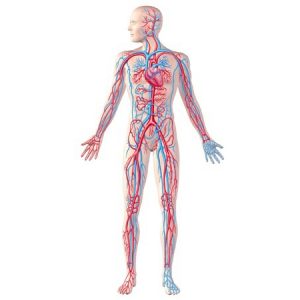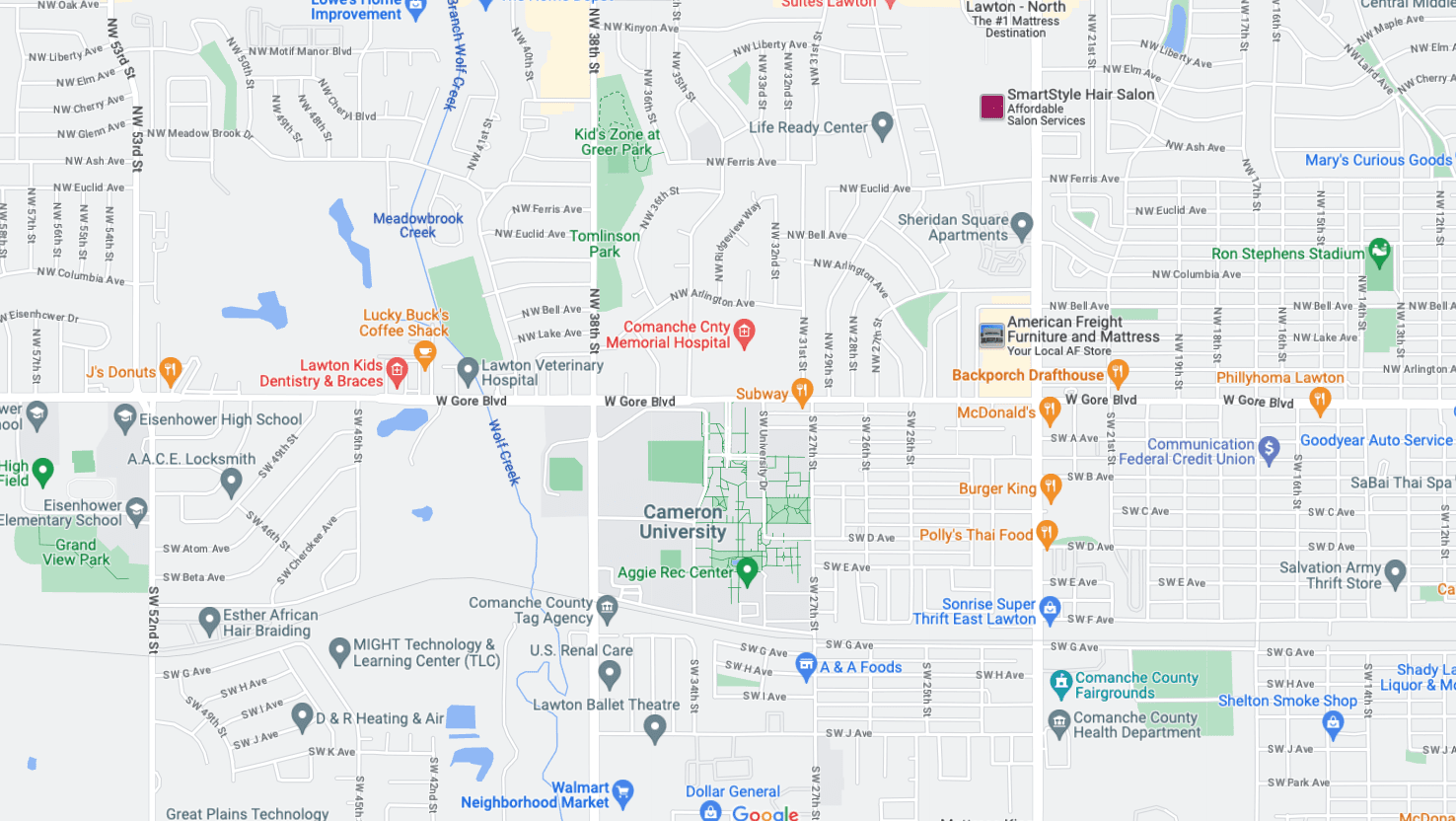Vascular and Endovascular Surgery
Absorbable Stent
The Absorb dissolving heart stent is the first and only device of its kind – a drug-eluting coronary stent that dissolves, completely and naturally, in the body over time. Absorb treats coronary artery disease like a standard metallic stent, propping the diseased vessel open to restore blood flow, but then disappears after the artery is healed, leaving no metal behind to restrict natural vessel motion.
Carotid Endarterectomy
A carotid endarterectomy (say “kuh-RAW-tid en-dar-tuh-REK-tuh-mee”) is done to remove fatty buildup (plaque) from one of the carotid arteries. There are two of these arteries. One runs along each side of the neck. They supply blood to your brain. When plaque builds up in either one, it can make it hard for blood to flow to the brain. This surgery may lower your risk of stroke. The physician will make a cut (incision) in your neck. Then the physician will make a cut in the carotid artery and take out the plaque. Next, the physician will close the cut in the artery with stitches. Or the physician may sew a man-made patch over this cut. This will make the artery wider. It also helps keep it from getting narrow again. Then the physician will use stitches to close the cut in your skin. It will leave a scar. But the scar will fade with time. You will probably go home the day after surgery. You may be able to go back to work or your usual activities in 1 to 2 weeks.
Femoral-Tibial Bypass
Femoral-tibial bypass is a type of surgery. It redirects blood around blocked blood vessels in your lower leg or foot. It is often done if you have pain. Or it may be done if you have foot sores caused by circulation problems. Your physician will use something called a graft to make the blood go around (bypass) the blocked part of your blood vessel. Often the graft is a vein taken from another place in your leg. But sometimes it is a man-made blood vessel. The graft will carry blood from the femoral artery in your groin to the tibial artery in your lower leg or foot. You will be asleep during the surgery. Or you will get medicine to numb your lower body and prevent pain. The physician will make cuts in your skin above and below the blocked blood vessel. These cuts are called incisions. If one of your veins is being used for the graft, the physician will make another incision in your leg to take out the vein. Then the physician will attach one end of the graft to the femoral artery and the other end to the tibial artery. After the graft is in place and blood is flowing through it, the physician will use stitches or staples to close the incisions. You will have scars, but they will fade with time. You may need to stay in the hospital for 3 to 5 days. It may take 6 to 12 weeks to fully recover.
Aortobifemoral Bypass
An aortobifemoral bypass is surgery to move blood flow around blocked blood vessels in your belly or groin area. This will increase blood flow to your legs. It may allow you to walk farther. The physician will use a blood vessel, called a graft, to bypass the blocked blood vessels. The graft will carry blood from the aorta to the femoral artery. This artery is in the groin area of each thigh. The aorta is the large blood vessel that carries blood from the heart to the blood vessels in the belly. The femoral arteries are large blood vessels that carry blood from the blood vessels in the belly to the legs. The physician will make a cut in your belly. He or she will also make a cut in your groin at the top of each thigh. These cuts are called incisions. The physician will put the graft in your belly through the incisions. The graft is connected to the aorta and the femoral arteries. Stitches or staples are used to close the incisions. You will probably spend 4 to 7 days in the hospital. You will need to take it easy for at least 4 to 6 weeks at home.
Below Knee Leg Amputation
A below-the-knee amputation is surgery to remove your leg below the knee. Your physician removes the leg and keeps as much healthy skin, blood vessel, and nerve tissue as possible. Having your leg removed is traumatic. You have to learn to live with new limitations. This can be hard and frustrating. You may feel depressed. Or you may grieve for your previous lifestyle. Talking with your family, friends, and health professionals about how you feel may help. You may also find it helps to talk with a person who has had an amputation. Even though losing a limb is a challenge, it does not change who you are. It doesn’t prevent you from enjoying life. You will have to learn new ways to do things. But you will still be able to work and take part in sports and activities. And you can still learn, love, play, and live life to its fullest. Your physician will tell you how much of your leg should be removed. He or she will leave enough healthy skin to cover the remaining part of your leg (residual limb). You may get an artificial leg. This is called a prosthesis. If you get one, your physician will shape your residual limb for the best possible fit. Your physician may sew together the skin to cover the residual limb. Or he or she may leave it open to make sure it heals as it should. In this case, the skin may be sewn together 10 to 14 days later. After surgery, you will stay in the hospital for several days. How long you stay depends on your general health and the way your physician does the surgery. You may spend part of your recovery in a skilled nursing facility. Your residual limb may heal as soon as 4 to 8 weeks after surgery. But it may take longer. You will need physical rehabilitation (rehab). The rehab can sometimes start within 48 hours of your surgery. It may last as long as 1 year.
Above Knee Leg Amputation
An above-the-knee amputation is surgery to remove your leg above the knee. Your physician removes the leg and keeps as much healthy skin, blood vessel, and nerve tissue as possible. Having your leg removed is traumatic. You have to learn to live with new limitations. This can be hard and frustrating. You may feel depressed. Or you may grieve for your previous lifestyle. Talking with your family, friends, and health professionals about how you feel may help. You may also find it helps to talk with a person who has had an amputation. Even though losing a limb is a challenge, it does not change who you are. It doesn’t prevent you from enjoying life. You will have to learn new ways to do things. But you will still be able to work and take part in sports and activities. And you can still learn, love, play, and live life to its fullest. Your physician will tell you how much of your leg should be removed. He or she will leave enough healthy skin to cover the remaining part of your leg (residual limb). You may get an artificial leg. This is called a prosthesis. If you get one, your physician will shape your residual limb for the best possible fit. Your physician may sew together the skin to cover the residual limb. Or he or she may leave it open to make sure it heals as it should. In this case, the skin may be sewn together 10 to 14 days later. After surgery, you will stay in the hospital for several days. How long you stay depends on your general health and the way your physician does the surgery. You may spend part of your recovery in a skilled nursing facility. Your residual limb may heal as soon as 4 to 8 weeks after surgery. But it may take longer. You will need physical rehabilitation (rehab). The rehab can sometimes start within 48 hours of your surgery. It may last as long as 1 year.
Femoral to Popliteal Bypass
A femoropopliteal bypass is a type of surgery. It is also called a fem-pop or leg artery bypass. This type of surgery redirects blood around a blocked blood vessel in your leg. So it may improve the blood flow in your leg. This can decrease leg pain, numbness, and cramping. Your physician will use something called a graft to make the blood go around (bypass) the blocked part of your blood vessel. The graft may be a vein taken from another place in your leg. Or it may be a man-made blood vessel. You will probably be asleep during the surgery. But it also can be done while you are awake. If you are awake, you will get medicine to numb your leg and prevent pain. First, the physician makes cuts in your thigh and sometimes in the side of the calf. These cuts are called incisions. If one of your veins is being used for the graft, the physician will make other incisions in your leg. Then the physician will attach one end of the graft to the femoral artery in your thigh. The other end will be attached to the popliteal artery above or below your knee. After the graft is in place and blood is flowing through it, the physician uses stitches or staples to close the incisions. You will have scars, but they will fade with time. You will probably spend 2 to 4 days in the hospital. For at least 2 to 6 weeks, you will need to take it easy at home. It may take 6 to 12 weeks to fully recover.
 Peripheral Arterial Disease
Peripheral Arterial Disease
Peripheral arterial disease (PAD) is narrowing or blockage of arteries in your arms and legs. The most common cause of PAD is the buildup of plaque on the inside of arteries. Plaque is made of extra cholesterol, calcium, and other material in your blood. Over time, plaque builds up in the walls of the arteries, including those that supply blood to your legs. This buildup leads to poor blood flow. When you have PAD, you have a risk of having plaque in other arteries in your body. This raises your risk of a heart attack and stroke. This information focuses on peripheral arterial disease of the legs, the area where it is most common. When you have PAD of the legs and you walk or exercise, your leg muscles do not get enough blood, and you can get painful cramps. The cramps are called intermittent claudication. Peripheral arterial disease is also called peripheral vascular disease.
Foot Amputation
Foot amputation is surgery to remove part or all of your foot. Your physician will leave as much healthy skin, blood vessel, and nerve tissue as possible. You will be asleep during the surgery. Your physician will tell you how much of your foot should be removed. He or she will leave enough healthy skin to cover the residual limb or the remaining part of your foot. Some people get an artificial foot. This is called a prosthesis. If you get one, your physician will shape the remaining part of your leg or foot for the best possible fit. Your physician may sew the skin closed to cover the residual limb or remaining part of your foot. Or he or she may leave it open to make sure that it heals as it should. In this case, the skin may be sewn together several days later. Or it may be left open to heal on its own. Skin that is left open can take a few months to close. How long you will stay in the hospital after surgery depends on how much of your foot was removed. It also depends on your general health. You may need physical rehabilitation (rehab) after the surgery. Rehab can sometimes start within 48 hours of your surgery. It may last as long as 1 year. Having part or all of your foot removed is traumatic. Learning to live with new limitations can be hard and frustrating. You may feel depressed. Or you may grieve for the lifestyle you used to have. Talking with your family, friends, and health professionals about your frustrations may help. You may also find that it helps to talk with a person who has had an amputation. Remember that even though losing part or all of your foot is a challenge, it does not change who you are or prevent you from enjoying life. You will have to adapt and learn new ways to do things. But you will still be able to work and take part in sports and activities. And you can still learn, love, play, and live life to its fullest.
Toe Amputation
A toe amputation is surgery to remove one or more toes. You will get medicine to help you relax and numb your foot. Then your physician will make a cut (incision) to remove your toe. If you have healthy skin to cover the wound and have no signs of infection, the physician will then try to close the wound. You may have problems with walking or balance, especially if you lose your big toe. But you will not need an artificial toe. You may need to have special insoles made to fit in your shoes. These insoles are called orthotics. You may go home on the day of surgery. Or you may need to stay in the hospital for a few days. This depends on how fast you recover and on your overall health.
Varicose Veins Procedures
Varicose Veins
Varicose veins are twisted, enlarged veins near the surface of the skin. They develop most often in the legs and ankles. Some people may be more likely than others to get varicose veins because of aging or hormone changes or because a parent has them. Being overweight or pregnant can make varicose veins worse. Jobs that require standing for long periods of time also can make them worse.
Sclerotherapy
Sclerotherapy is a treatment to get rid of varicose veins. A chemical called a sclerosant is injected into the varicose vein. This causes the vein to close. The procedure may cause some pain. The chemical may cause burning or cramping for a few minutes at the injection site. The procedure can take up to 30 minutes. It depends on how many veins are treated and how big they are. You should be able to walk on your own after the treatment.
Microphlebectomy
Microphlebectomy (say “my-kroh-fluh-BEK-tuh-mee”) is a procedure used to remove varicose veins. These are twisted and enlarged veins near the surface of the skin. The procedure is also called ambulatory phlebectomy or stab avulsion. The procedure is usually done in your physician’s office. You will get medicine to make you relax or to numb the area. Your physician will make several tiny cuts (incisions) in the skin. The varicose veins will be removed through the cuts. You most likely will not need stitches to close the cuts. It usually takes less than 1 hour.
Endovenous Ablation
Endovenous ablation is a procedure to close off varicose veins. Endovenous means that the procedure is done inside the vein. Ablation means a physician uses heat to damage and close off the vein. Varicose veins are twisted, enlarged veins near the surface of the skin. The heat damages a vein, and scar tissue forms. This scar tissue closes the vein. A closed vein loses its source of blood and dies. Eventually, you won’t be able to see the veins anymore. The heat used for ablation can come from a laser or radio waves. A laser is a highly focused beam of light. Certain radio waves can make energy and heat called radiofrequency energy.




